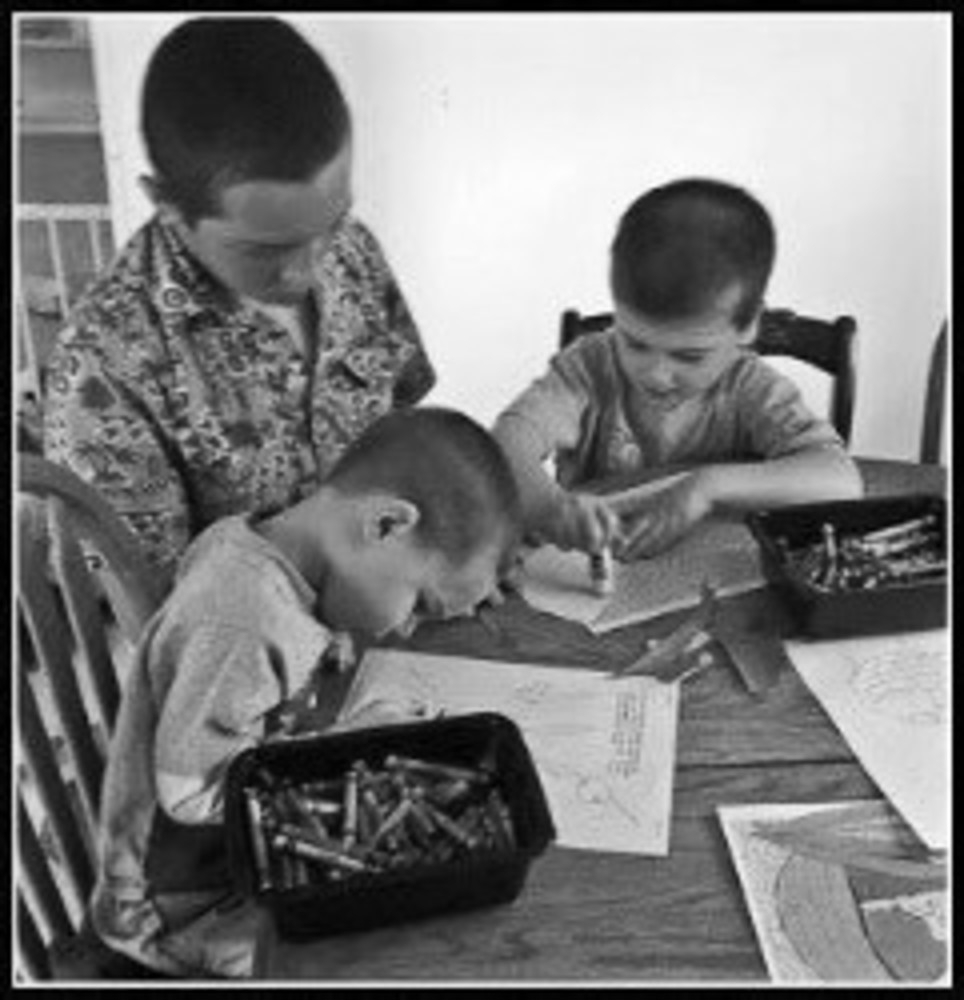Activities to enhance your Passover Seder

In every generation, every individual should feel as though he or she had actually been redeemed from Mitzrayim (Egypt). “Remember this day, on which you went free from Egypt, the house of bondage, how God freed you from it with a mighty hand….” (Exodus 13:3)
1. Draw a picture of Moses leading the Israelites across the Red Sea on a large piece of paper or poster board. Ask seder guests to bring photos or draw pictures of themselves. Attach the photos and pictures onto the paper/poster board. Discuss the passage above.
2. Use a family heirloom at the seder table: this could be a seder plate, a special Kiddush Cup, a cup of Elijah or Miriam, or even a special family recipe. Be sure to talk about this item during the seder and explain where it came from and its significance to the family. No heirlooms in your family? Start a new tradition and buy or make something that will become a treasured heirloom.
3. Instead of reading the parts in the haggadah that tell the Passover story, tell your guests that you are going to begin the story of being slaves in Egypt. When you stop, the next person should continue the story. Remember that each person must use the words “I” and “we” when telling the story. Begin the continuation story by saying something like this: I remember when we were all slaves in Egypt. What a horrible time that was! I remember being outside in the broiling sun, every day, all day. The heat was unbearable but not nearly as bad as the work we were forced to do, building cities for the Pharaoh. I remember….
4. At the Passover seder, we sing “Dayenu.” It means, “it would have been enough.” In other words, this song says that if God had only done just one thing, it would have been amazing and more than enough, but God did more. Discuss what things in our lives we can say dayenu about.
5. During the singing of “Dayenu,” try the Sephardic custom of picking up bunches of scallions and “beating” each other on the back and shoulders as a simulation of what the Israelites endured when they were slaves in Egypt. Another interpretation suggests that we admonish ourselves not to yearn for the fleshpots of Egypt and not to forget the Egyptian bondage.
6. Make plague bags that children can use during the reading of the plagues. Example of possible items: glass of water and red food coloring for blood; plastic/rubber frogs; rice or plastic toy for lice; Band-Aids or sticker dots for boils; ping pong balls for hail; plastic/rubber toys for insects, wild beasts and cattle disease; blindfold for darkness; plastic skeleton for death of the firstborn.
7. After the traditional reciting of the ten plagues, ask participants to name ten things that plague us today.
8. Kos Miriam (Miriam’s Cup) – This is a new Jewish tradition of adding a special cup in honor of Miriam, sister of Moses. Miriam played a vital role in the history of our people. The cup of Miriam is a special goblet filled with water and placed on the seder table. Miriam’s cup is celebrated either at the beginning of the seder or before reciting the ritual related to the cup of Elijah.
9. The Afikoman – whether your family tradition is to hide the afikoman for the children to find or for the children to take it secretly from the seder leader, a point comes in the seder when it is needed to complete the celebration. In the “old days,” the ransom for the afikoman was often money. Consider some of the following: a story, a song or a donation to a favorite tzedakah in the name of the child holding the afikoman, a donation in honor of all the children at the seder or a tangible gift like a Jewish-themed storybook, CD or game.
10. Divide the Passover story into scenes. Divide guests into the number of scenes. Tell them that they will have the opportunity to tell creatively one part of the story. Instruct each group to read its scene to each other and then use the arts and crafts materials you have made available to write poems, sing songs, pantomime, role-play, etc. to convey the meaning of each scene. Here are ten possible scenes: Moses’ birth, Pharaoh’s daughter discovers the Hebrew baby, Moses’ childhood, Moses in the desert, Moses returns to Egypt, the tenth plague, the Red Sea, wandering in the desert, the Ten Commandments, observing Passover.
This material was compiled from various sources including uahc.org, The Jewish Parent Page by Barbara Binder Kadden, “V’shinantam” (the UAHC National Jewish Teacher’s Newsletter), “A Different Night Haggadah” by Noam Zion and “The Art of Jewish Living” by Dr. Ron Wolfson.







